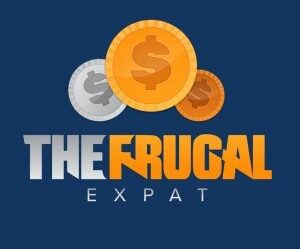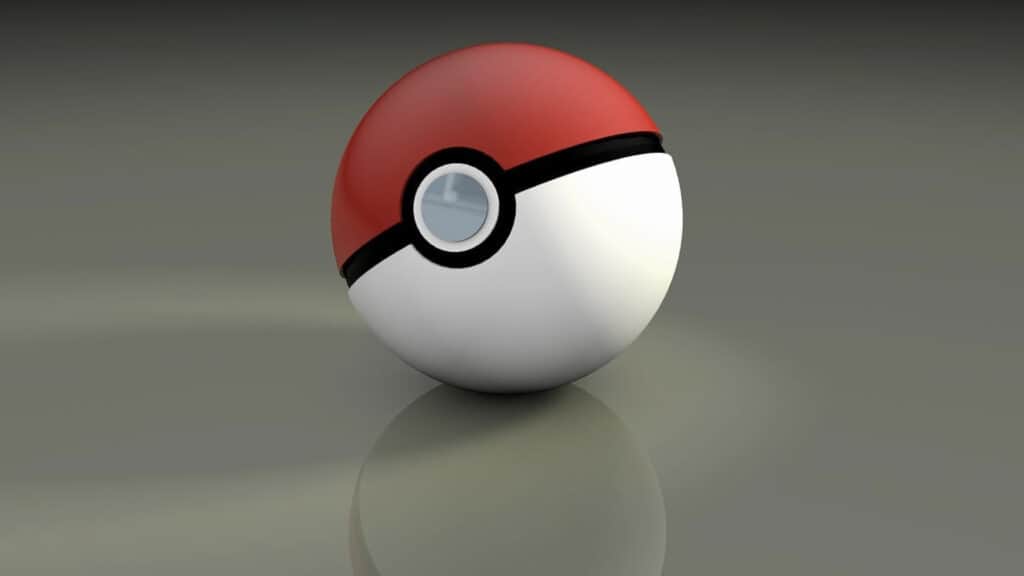Gone are the days when Pokémon was just another cartoon that would light up TV screens worldwide and drive kids mad with frenzy. As a pop cultural phenomenon, Pokémon is in a league of its own. Just a few years ago, Pokémon Go took the world by storm, pioneering a unique Augmented Reality experience. As a pop cultural phenomenon, Pokémon is in a league of its own.
The influence of this fandom goes beyond TV screens and gaming devices, though.
Pokémon merch — especially the cards — are among the most sought-after alternative collectibles. Collectors spend hundreds and thousands of dollars just to get their hands on new collector’s editions, box sets, and the rarest Pokémon cards.
But what exactly are these alternative collectibles and investments? And how did Pokémon cards make a name for themselves as some of the most sought-after alternative collectibles on the planet?
Alternative Collectibles
The idea behind alternative collectibles is deceptively simple. If you loathe throwing stuff away, you may find a collectible or two in the pile of random oddities you own from childhood. In addition, these collectibles can be profitable and add diversity to your financial portfolio.
Alternative investments are not about bonds, stocks, ETFs, real estate, etc. Instead, they can involve rare and collectible items, and people can make a pretty buck or two if they play the game well.
Any item that has increased in value and has turned out to be worth far more than its original sale price can be considered a collectible. These include signed first editions from long-dead authors, cars that came out in a particular year and went out of production, and Pokémon cards.
So, now the million-dollar question is: Which Pokémon cards are considered rare and collectible, and why?
Pokémon Card: The Rarest, Most Expensive, and Most Collectible
Collecting Pokémon cards is a recent craze. While people have been collecting these little beauties for a while as a hobby, it became a proper alternative investment when many influencers like Logan Paul started getting involved in the business.
Stores worldwide are now flooded with collectors and scalpers, which can sometimes turn into a proper brawl. This reaction has led a few stores to suspend the sale of these cards completely.
So, what exactly makes these cards so precious that people sometimes start throwing punches over them? There are a few factors to consider when judging how rare a collectible card is.
Is the card super rare? For example, some cards had misprints before they were quickly taken off the market and “fixed.” The misprint makes the cards with the said “error” rare and valuable. Or it could be a super rare signed edition. Other than its rarity, the condition of the card matters too.
The most expensive and rare version of these cards — or any alternative collectibles for that matter — are still in “mint condition.” These collectibles are still in their original packaging and, thus, in pristine condition.
The rarer the card, the harder it is to get it in its original packaging. The value of the collectible decreases depending on how bad — or good — the item’s condition is.
Make no mistake, though. If a card or collectible is rare enough, it can be torn to shreds and covered in odd gunk, and it would still sell for a pretty penny.
Below is a list of the five rarest Pokémon cards sold for mind-boggling amounts of money at various auctions:
Kangaskhan-Holo #115 Family Event Trophy Card
Released in 1998, this card was sold for $150,000 at an auction. You could only get this card if you participated in a special event in Japan. The artwork features the Pokémon Kangaskhan with its baby in its pouch. It is a holo card.
Black Star Ishihara Signed GX Promo Card
The Ishihaha card sold for over $240,000. This version is a signed edition of a card given to all Pokémon company employees on CEO Tsunekazu Ishihara’s 60th birthday. The artwork features an image of Ishihara throwing a Master Ball.
Blastoise Commissioned Presentation Galaxy Star Hologram
Another 1998 release, this one became suddenly available to the public in 2021. Only two such cards are known to exist in the world. It’s one of the earliest cards ever released, at least as part of the North American run. It sold for $360,000 at the Heritage auctions in January 2021.
First Edition Shadowless Charizard
Released in 1999, this Charizard is part of the shadowless collection, meaning it does not have a shadow around the artwork. First-edition Charizard base cards are super valuable, but the shadowless version makes it a rare entity. This particular version sold for a jaw-dropping $420,000 at an auction in March 2022.
Pikachu Illustrator
Now this here is the crown jewel. The Pikachu Illustrator is currently the most valuable and rarest Pokémon card. Released in 1997, the PSA Gem Mint 10 Grade one sold for the stupidly high sum of $6,000,000 in October 2022. Less than 20 of these cards exist in the world.
Initially, this card was given to winners of an art competition held by CoroCoro. The artwork features a happy little Pikachu drawing other Pokémon.
How to Start Collecting Pokémon Cards
Most people begin this process by buying Pokémon cards in bulk. It’s often easier and cheaper to get them second or third-hand. Make sure the cards are in good condition before buying.
The next step is to sort the bulk out. Use rarity symbols, collector numbers, and other icons to sort the cards. Once you know what you have, you can start looking for the ones you are missing.
Some websites sell single Pokémon cards where you can track down the ones you need. Collectors usually prefer trading or buying cards from each other, though.
Once you have most of the common, rare, uncommon, and holo cards, you can start tracking the valuable ones. There is no easy way to do this part. It takes a lot of money, time, and patience. And no small amount of luck too.
Try to join channels and networks of collectors and wait for the cards to come into the market or drop in value before pouncing. While collecting Pokémon cards may be a hobby to some, it is also a profitable hobby that can contribute to your investment plan.
How to Identify Rare Cards
Want to know if the cards lying in the binder tucked and forgotten in your attic will make you a millionaire? Before you can price and sell your cards and start raking in cash, you must identify their value collectibles. Identifying rare cards is a three-step process:
Identifying Rarity
Card rarity measures the likeliness of you finding it in a booster pack. You can find the rarity sign in the bottom right corner of your card.
There are usually three kinds of symbols: a circle, a diamond, and a star. A circle marks a common card. A diamond is an uncommon card. A star marks a rare card.
Diamond cards may be unique, but they are still easy to track and won’t be valuable unless released in 1999 or 2000.
A card with a star is already rare, but three stars or star H makes them even rarer. If you have any of these, make sure to store them separately because there’s a chance they may be valuable.
Other than these symbols, you may find others that mark special products and releases not sold as part of booster packs. These can be Boxtoppers, part of a promo, or Deck Kit, and may be valuable depending on the product.
Checking for Early Cards
If the cards you have were released right after the game, chances are they are valuable and can easily get you $5 or more each, even if they are a common card.
“Wizards of the Coast” cards are from 1999 or the early 2000s. If you have one of those, and it is a rare card, also check if they:
- Have the number 1 inside a circle with lines drawn above. This means they are a first edition.
- Have a shadow below the art box. If not, they are part of the shadowless collection and are, again, valuable.
Investigating Collector Numbers
The bottom right corner of cards will also have a collector number:
- Secret rares: They will have a collector number higher than the total number of cards in the pack. So, if your card says its collector number is “123/122”, you have a secret rare on your hands. These can fetch you a couple of hundred bucks easily.
- SH: These are reverse holo cards. The artwork in these cards is different from the usual cards, making them valuable.
- Blank: A lack of a collector number may mean the card was printed early. Although not all cards without a collector number are early prints, you should still look it up to make sure.
This article originally appeared on Wealth of Geeks.







